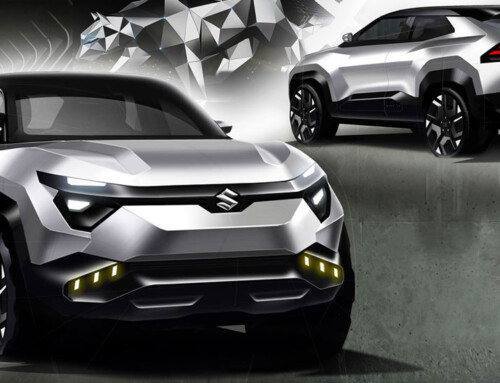

That unit is a completely separate entity, both mentally and physically, from the Technical Center which houses Opel Design and which designed and developed all the other versions.
Always known to insiders as the Monocab, a name that survived until the marketing people came up with “Zafira” for the finished product, this compact people carrier first took shape on paper in early 1994, less than a year after the launch of the Astra. In the briefing, the designers were asked to create a cabin equipped with an “intelligent seating system” that could accommodate 7 people. “We wanted a design that was functional, attractive and elegant, but nothing too Star Trek”, reports Rainer Schmidt.
Before long the design team had come up with a suite of twenty 1:3 scale models which were clinic-tested to produce a short-list of two alternative suggestions, each presented as a full-scale model. In the end Opel opted for a simple, harmonious shape that was a natural evolution of the most recent Opel creations, the Astra in particular. “We took a lot of trouble to get the proportions right and create the right visual impact”, Schmidt continues.
“We didn’t want anything too tall and narrow, so we introduced a few horizontal elements, like the waistline and the protective moulding that extends around the entire perimeter, including the wheelarches. That gave the body a stretched look as well as serving a functional purpose. Let’s not forget, after all, that this is a practical vehicle designed for everyday use”.
The article continues in Auto & Design no. 116










